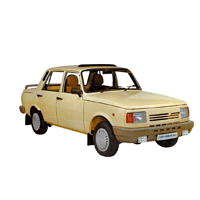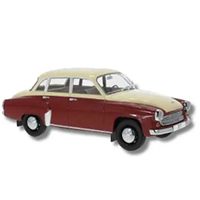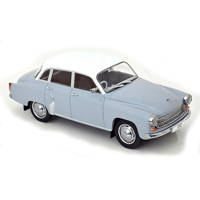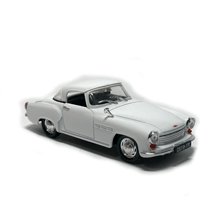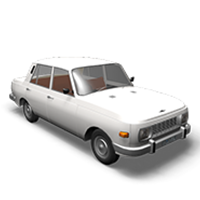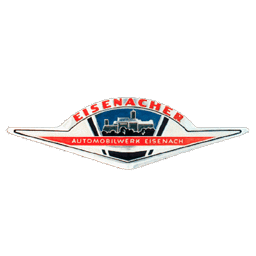
Catalog / Wartburg
Wartburg: East German Automotive Legacy and Price Analysis
Wartburg, a prominent East German automotive brand, has a rich history dating back to 1956 when it was established in Eisenach, Thuringia. The brand name pays homage to the nearby Wartburg Castle, a symbol of German history and culture. Wartburg cars quickly became an integral part of East German society, representing a blend of functionality and affordability during the Cold War era.
The brand's journey began with the introduction of the Wartburg 311 in 1956, which was based on the pre-war DKW F9 design. This model set the foundation for Wartburg's reputation as a producer of reliable, practical vehicles. In 1966, the company launched its most iconic model, the Wartburg 353, affectionately known as the 'Wartburg Knight' in some export markets. This car, with its distinctive boxy design and two-stroke engine, became synonymous with East German automotive engineering.
An interesting fact about Wartburg is that despite being produced in a communist country, the cars were exported to many Western nations, including the United Kingdom and Netherlands, often at competitive prices. This made Wartburg one of the few East German brands with a presence in capitalist markets.
The fall of the Berlin Wall in 1989 and the subsequent reunification of Germany brought significant changes to Wartburg. In a bid to modernize, the company introduced its last model, the Wartburg 1.3, in 1988. This car featured a four-stroke engine sourced from Volkswagen, marking a departure from the traditional two-stroke engines. However, unable to compete with Western manufacturers in the newly opened market, Wartburg ceased production in April 1991, marking the end of an era in German automotive history.
Throughout its existence, Wartburg produced over 1.8 million vehicles, a testament to its significance in the Eastern Bloc. The brand is remembered for its durability, with many Wartburg cars still operational decades after production ceased. Today, Wartburg vehicles are prized by collectors and enthusiasts, serving as rolling reminders of a unique period in automotive and political history.

